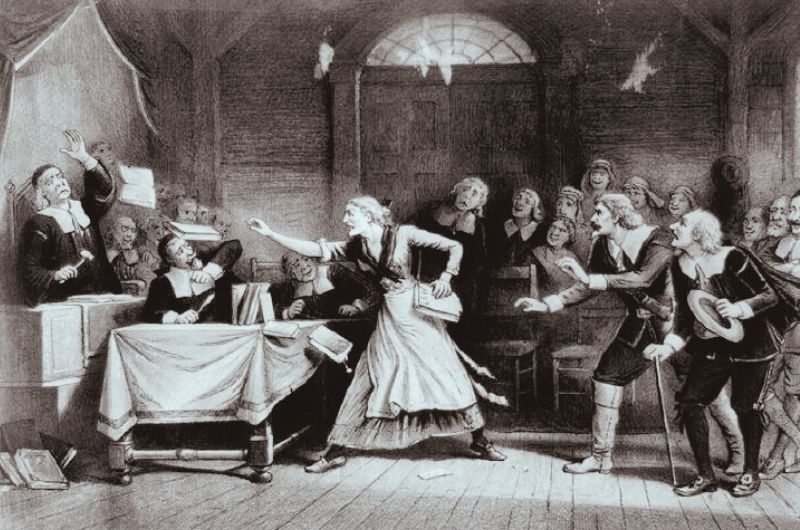
The Judges at the Salem Witch Trials
During the Salem Witch Trials, there were several judges involved in the proceedings.
The main court responsible for the trial and conviction of the defendants was known as the "Court of Oyer and Terminer."
The key judges of this court were:
William Stoughton
He was the presiding judge of the court and played a crucial role in the convictions. Stoughton was an ardent supporter of the witch trials and was extremely receptive to the confessions and accusations against the defendants.
Samuel Sewall
He was another significant judge during the trials. In contrast to Stoughton, Sewall later regretted his role in the trials and publicly apologized for his misjudgment.
John Hathorne
Hathorne was another prominent judge in the trials. He was known for being harsh and relentless in his interrogations. Interestingly, he was the great-grandfather of Nathaniel Hawthorne, the famous American writer, who slightly altered the last name by adding a "w."
Jonathan Corwin
Corwin was also an important judge in the trials. The house of Jonathan Corwin, known as "The Witch House," is today the only remaining building in Salem directly connected to the 1692 witch trials.
In addition to these judges, there were others who were also involved in the Court of Oyer and Terminer.
Nathaniel Saltonstall
Nathaniel Saltonstall was one of the original judges in the Court of Oyer and Terminer, resigned from his position after the conviction and execution of Bridget Bishop. His resignation was a bold move that expressed his displeasure with the way the trials were conducted. He later became a judge on the Court of General Sessions of the Peace and the Court of Common Pleas.
Peter Sargent
Peter Sargent was also one of the judges at the Salem Witch Trials. Although he was involved in the trials, there is no record of him protesting the use of "spectral evidence." After the trials were over, Sargent served as a justice of the peace in Middlesex County for several years and later was a member of the Massachusetts Council.
It is important to note that the decisions during the Salem Witch Trials were made by a group of judges and not just by a single individual.
Spectral Evidence
Spectral evidence, also referred to as "ghost evidence" or "spectral evidence," was a type of evidence used in the Salem witch trials and other witchcraft prosecutions. This evidence was based on the testimony of witnesses who claimed to have been attacked, haunted, or visited by spirits or spirit beings in the likeness of the accused.
In the witch trials, such spectral evidence was considered sufficient to convict someone of witchcraft. This resulted in many innocent people being convicted and executed based on unproven and subjective claims. In later years, spectral evidence was considered unreliable and unfair, and is no longer admissible in court proceedings.

